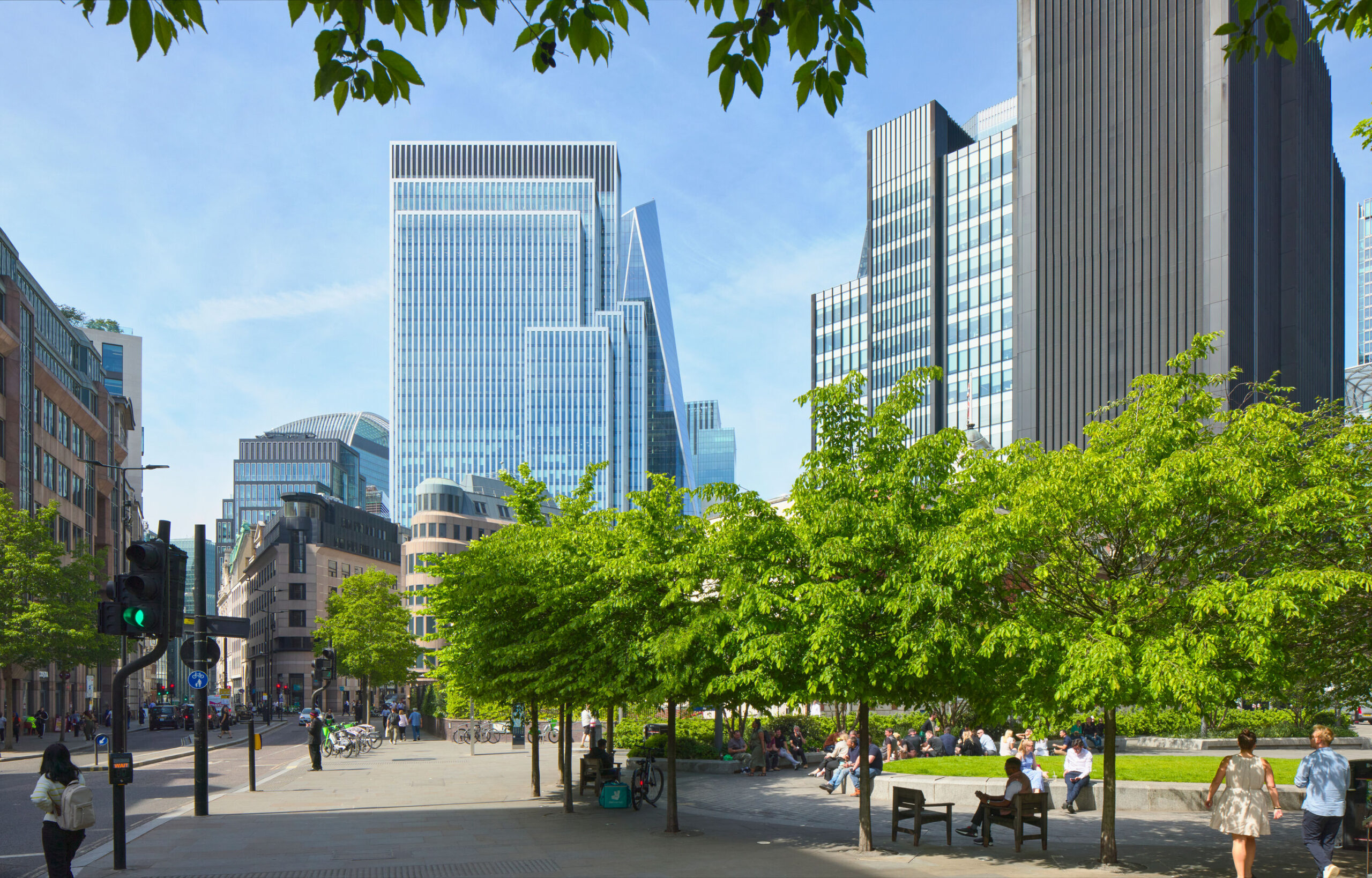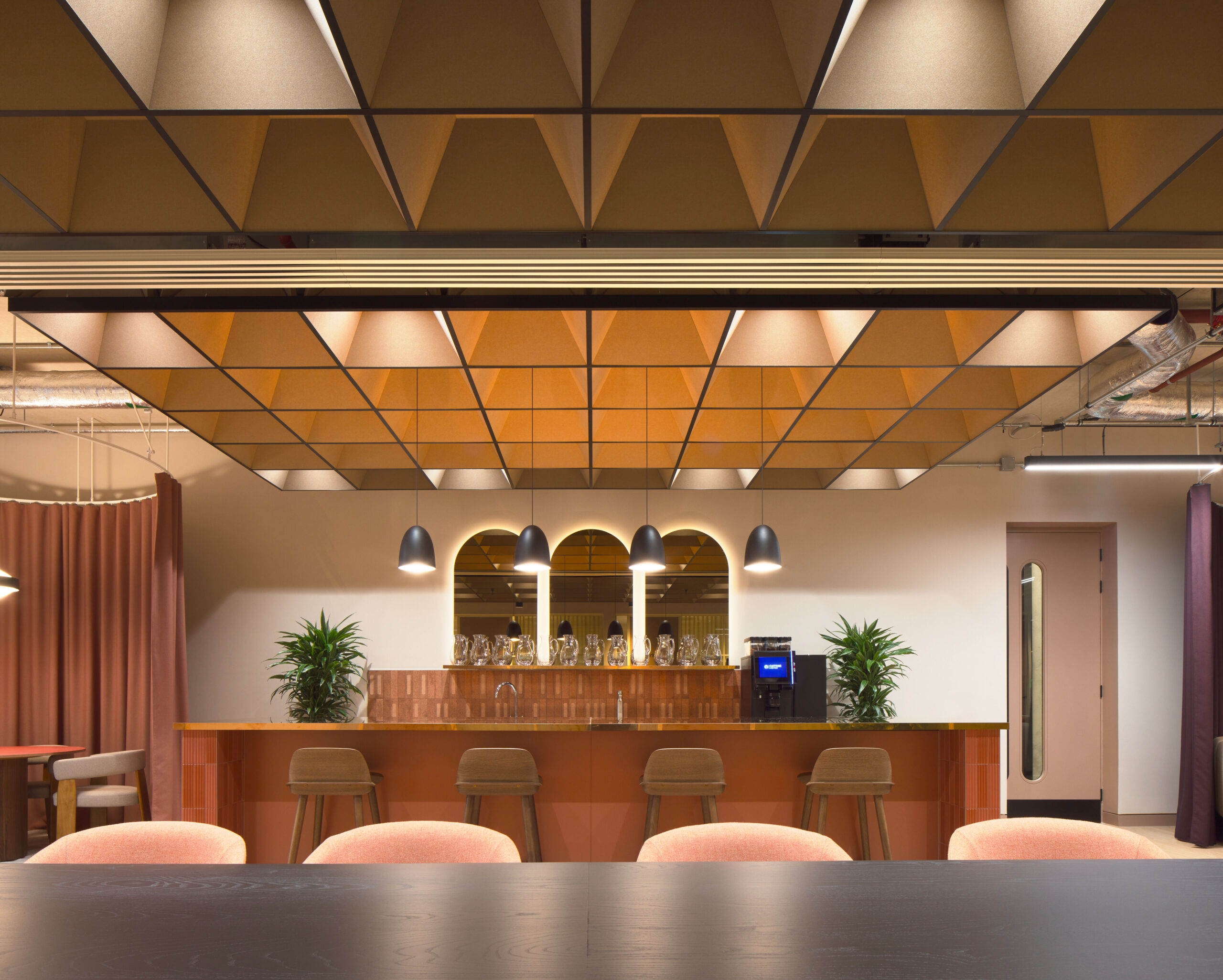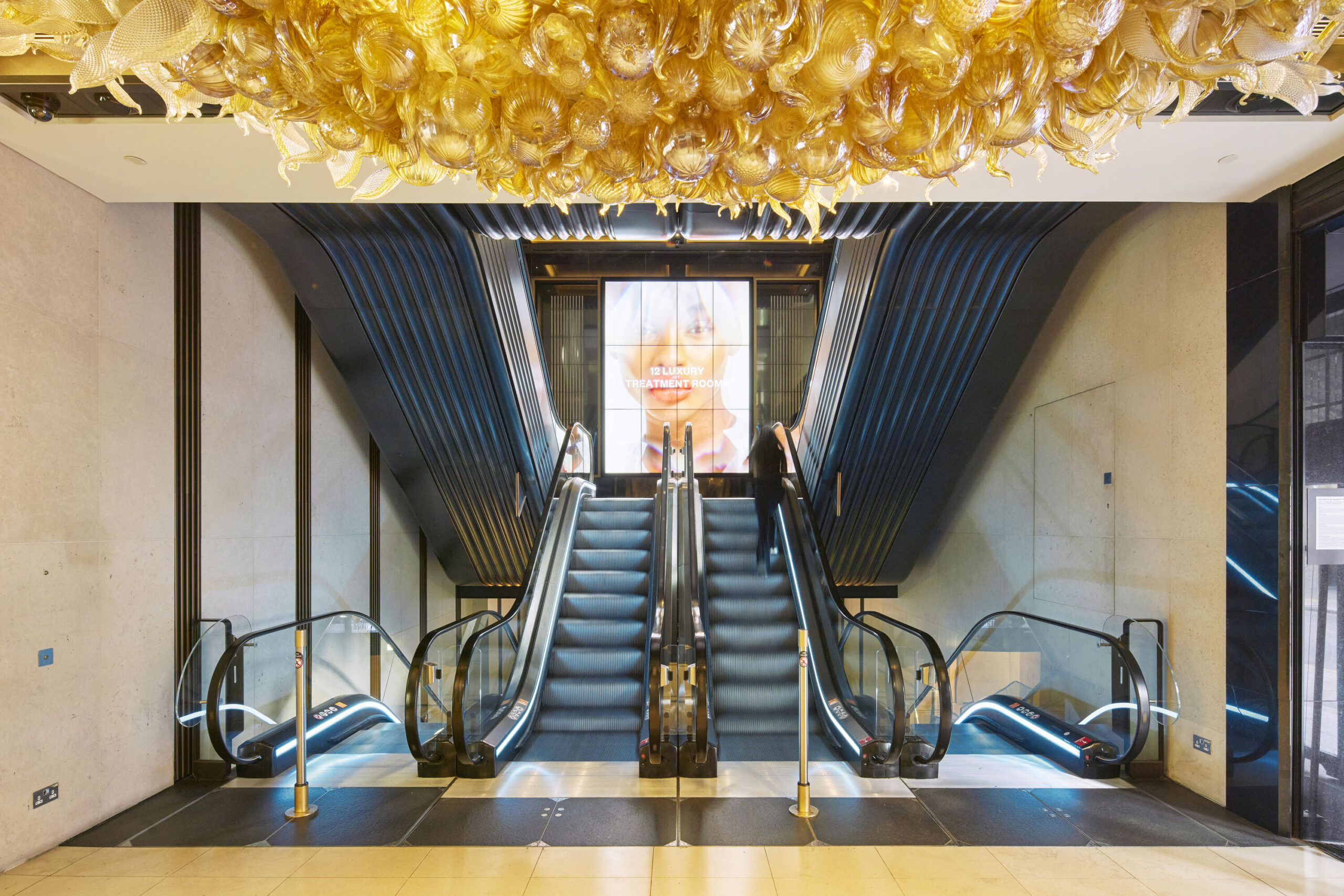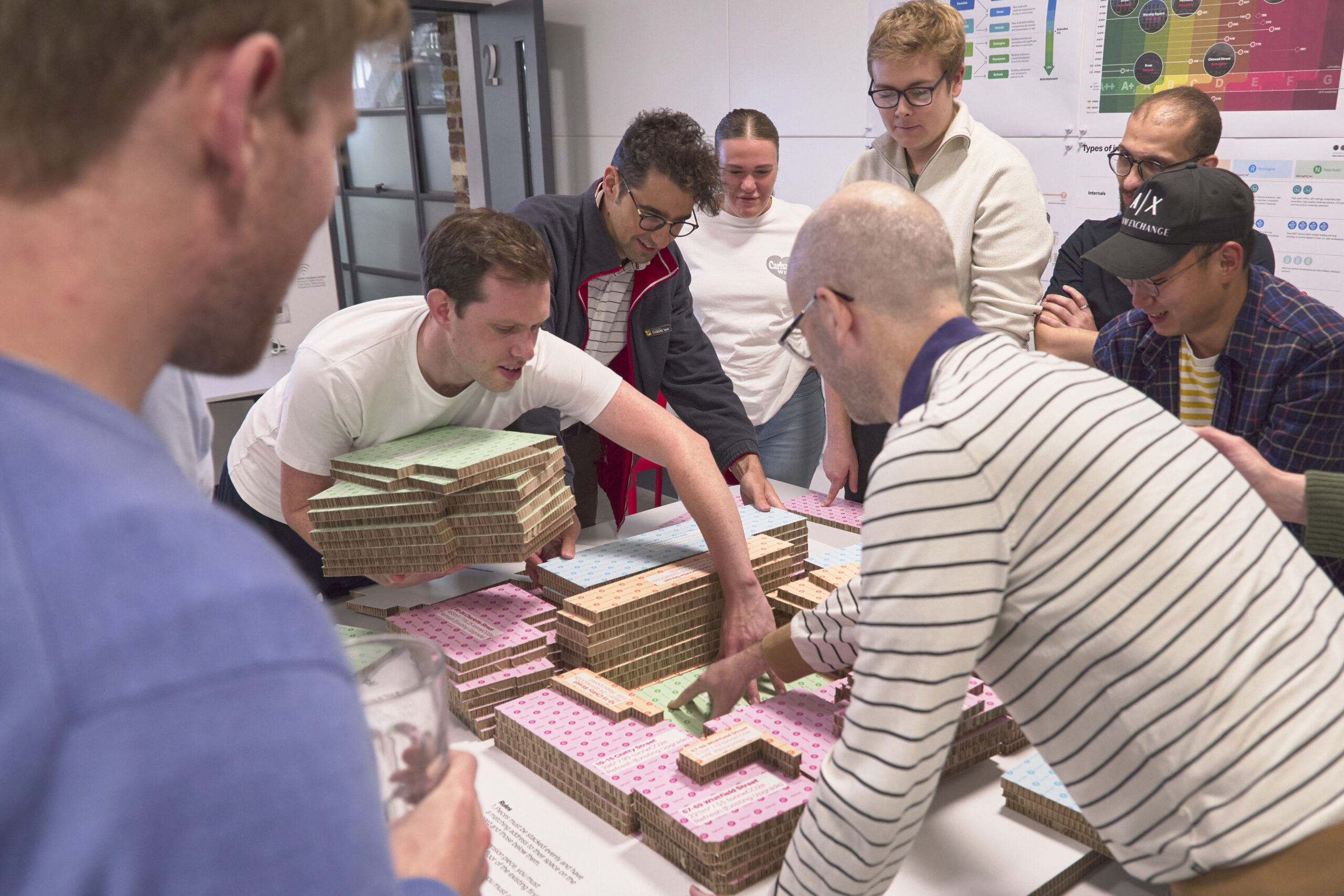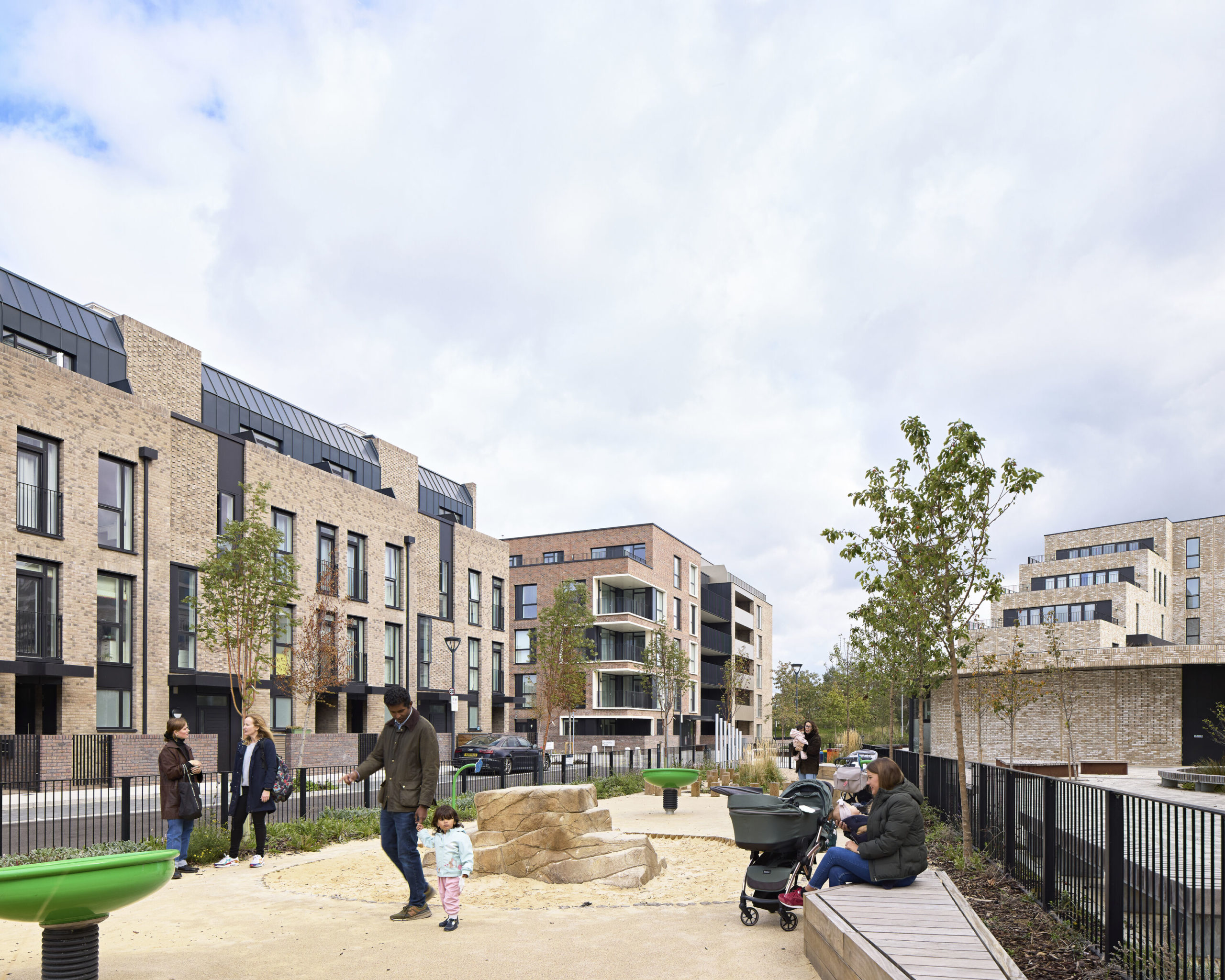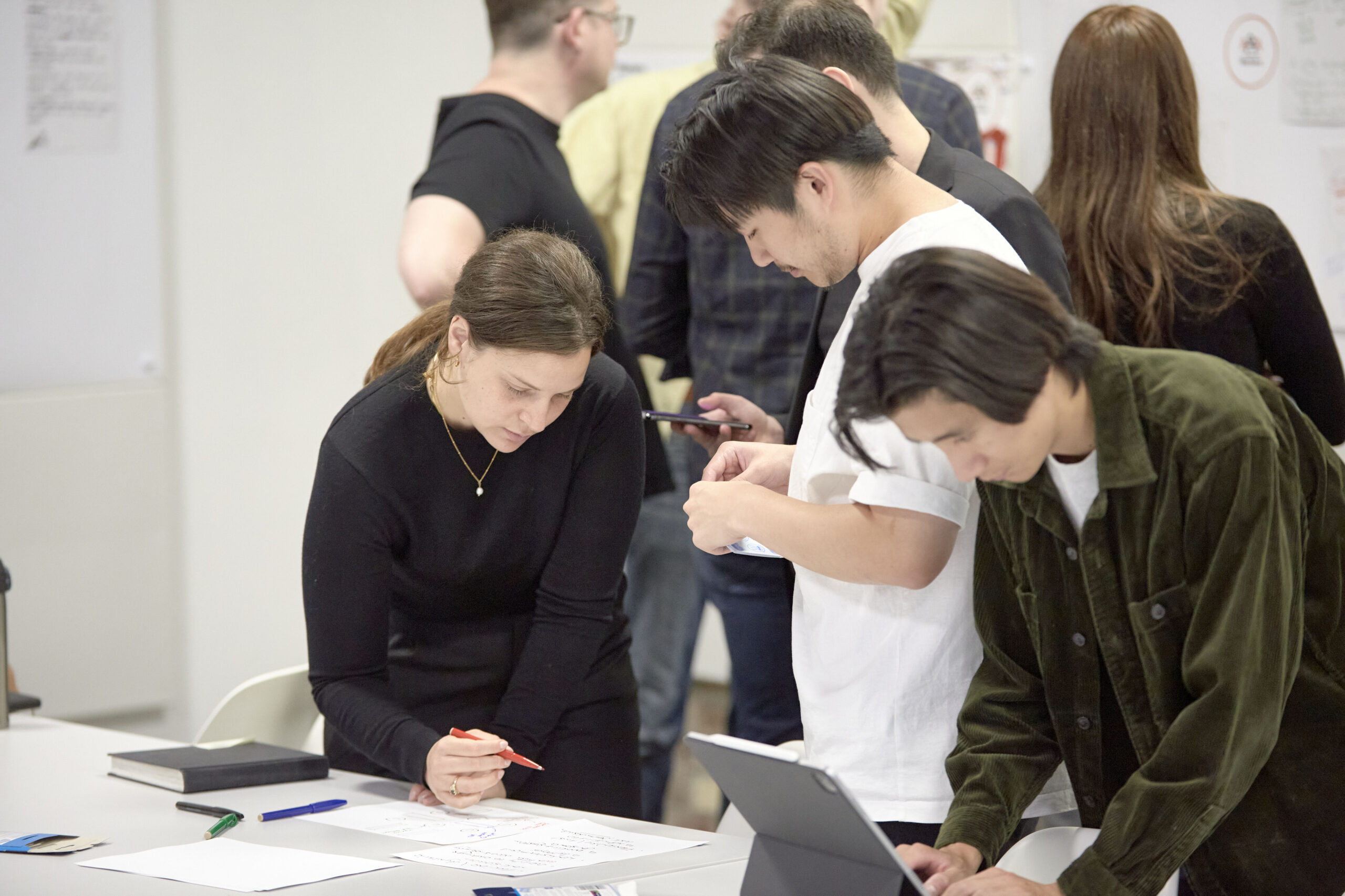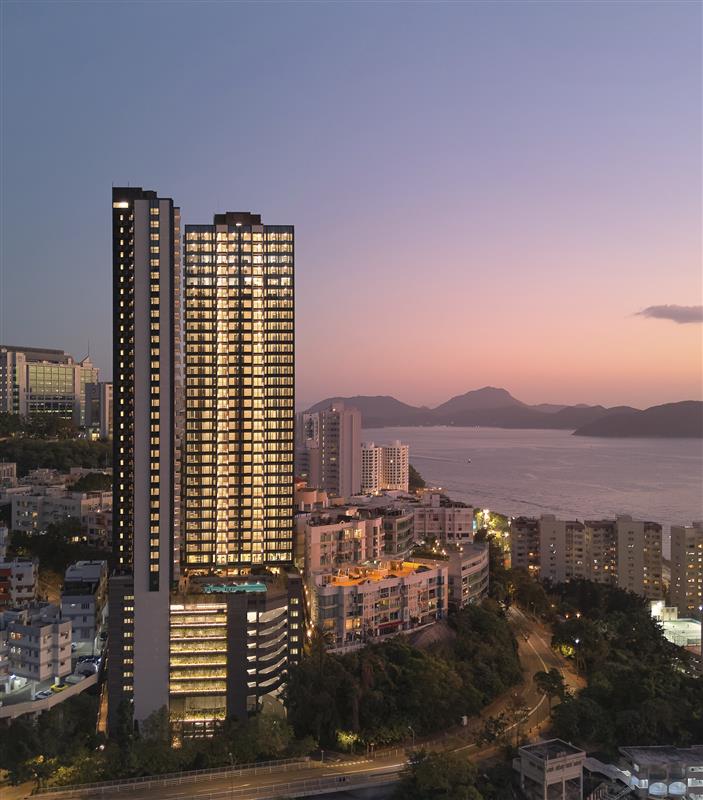
Michelle Evans: Can you just tell us a little bit about yourself and your role in the community?
Aunty Margret Campbell: I’m an Elder from Dunghutti Country about four and a half hours north of Sydney. I’m one of eight siblings. Under the White Australia policy, we weren’t allowed to mix in with non-Aboriginal people, so I spent my first 13 years of life, before I went into a white school, here in New South Wales in Kempsey. And then later on, when the White Australia policy started relaxing, we moved down here [to Sydney].
We had very strong community activism in terms of our human rights. As a teenager, I was caught up in that sort of stuff, and we were on the streets marching in peaceful demonstrations. The first Aboriginal organisations were sanctioned by the government, and they were given some public service funds to accommodate for housing needs, education needs and health. In the 70s, the ‘Charles Perkins era’, we call it, resulted in the Tent Embassy in Canberra on the lawns of the Parliament House. We established a makeshift embassy in our own country, and that’s still absolutely down there as we speak, stood firm since 1972. As a follow on from the Tent Embassy, we had the federal government take responsibility for First Nations people in 1975 [following the dismissal of Gough Whitlam’s government], because prior to that, there was still killing going on. The White Australia policy was still very active, segregation policies, I call them ‘rejection policies’, and the devaluing policies of the first peoples’ humanity had been going on. So my activism was activated through the fact that I had been segregated against. I prefer to use the word that I felt quite ‘rejected’ from an early age from White Australia.
I became a teacher through one of those education programmes that allowed for Aboriginal people to go into universities. I was part of the contingent that contributed to getting 1,000 Aboriginal and Torres Strait Islander teachers by the year 1990. [That was] in the late 70s/early 80s. We were dealing with governments of the time – local, state and federal – [but] not really having a voice in our own country.




